Balancing Cost and Resilience: Crafting a Lean IT Business Continuity Strategy
In the ever-evolving digital
landscape, businesses face increasing challenges in ensuring the safety and
continuity of their data. A string of disruptions experienced by major corporations has only heightened the
need for robust backup and recovery mechanisms. At the heart of modern
businesses lies data, and its security and risk management play a pivotal role
in ensuring business continuity.
However, while the importance of
backups and disaster recovery plans is universally acknowledged, executing them
can become prohibitively expensive. This financial challenge underscores the
necessity of prioritization and the ability to architect a lean yet resilient
IT infrastructure.
A clear
checklist is required
While the causes, impacts, and
solutions of data-related incidents may vary, the overarching principles remain
consistent. Your organization likely already has some backups to counter
ransomware or equipment failure. So answer this: What recovery point objectives
(RPOs) and recovery time objectives (RTO) can you achieve with your current
backup plan if your production servers or cloud instances suddenly vanish? Put
another way, how much money will that downtime cost the business if you need to
perform a complete disaster recovery process?
If that makes you feel uneasy, and
you're in a position that should know this, it might be time to review your
backup and disaster recovery (DR) plans.
Starting with the fundamentals,
businesses need to map out and identify which systems are responsible for which
real-world "work". While some companies may use siloed infrastructure
per department, there are likely countless dependencies that need to be mapped
out. For example, it's obvious that a directory server disruption will knock
out authenticating with any services or endpoint (which is huge but expected),
but what about your internal ERP system?
If you don't already have a map of
your IT infrastructure, get it done. Ensure that system dependencies are
clearly documented and well understood. Next, list the primary real-world
processes based on your business (e.g. product manufacturing, e-commerce,
logistics) and most importantly, stack-rank them based on their financial
impact if disruptions happen.
Each business will have vastly
different requirements based on its structure and technology stack. However,
there will always be a cost that can be associated with downtime. This process
needs to be routinely reviewed and kept up to date.
Building
solid foundations
Building a dependable and resilient
IT infrastructure isn't easy, but it's also not difficult once we break it down
into multiple components.
· High
availability (HA) for production environments: In the event of a server failure, the HA system
should automatically take over, minimizing downtime. For companies that
self-host their systems, this is usually done through HA hypervisor clusters
paired with similarly HA-clustered storage systems. Cloud deployments can
likewise leverage load balancers and self-monitoring tools to ensure services
remain online.
· On-site
and off-site backups:
Regular backup schedules for critical operational tools like file servers, DBs,
ERP systems, core service virtual machines, and offline servers should be
documented. Depending on the importance of the operational service, appropriate
Recovery Time Objectives (RTO) and Recovery Point Objectives (RPO) need to be
carefully defined. An out-of-date database backup is better than nothing but
will still cause a significant headache. Finally, off-site backups and disaster
recovery (DR) capacity shouldn't be an afterthought. To keep costs in check,
retention policies and the scale of the DR equipment or cloud instances can be
lowered.
Restoring
shouldn't be stressful
In the unfortunate event of a
disruption, a three-tier restoration process can ensure business continuity:
1. Automatic failover: HA clusters should be designed to
automatically failover, ensuring that there's no manual intervention required
during critical moments. This should be enough to take care of simple equipment
failures.
2. Restore from snapshots or failover to
backup systems: Local
snapshots and similar technology allow servers to quickly roll back an
unintended change extremely quickly. If the problem persists or the problem
stems from a larger issue (e.g. the entire cluster is down), full restores or
failovers to another system should be considered.
3. Restore from remote backups or
failover to the DR site: In
case of major disruptions like natural disasters, remote backup solutions come
into play. Businesses can restore from these backups or, if necessary, failover
to a DR site to resume operations.
Stay
ahead of the curve
Effective monitoring is the backbone
of a resilient infrastructure. The approach should focus on:
· Filtering
out the noise:
Monitoring solutions need to ensure that only critical notifications are sent
out, preventing information overload and ensuring that the right people are
alerted promptly when critical events inevitably happen.
· Acting
quickly and decisively: Time
is of the essence during disruptions. IT, DevOps, SIRT, and even PR teams need
to be well coordinated for various types of events. From security breaches to
data center fires or even just mundane equipment failures, anything that might
result in customer or operation disruptions will involve cross-team
communications and collaboration. The only way to get better at handling these
is to have documentation on what should be done, a clear chain of command, and
practice drills.
In conclusion, a comprehensive backup
and recovery strategy is essential for businesses aiming for uninterrupted
operations. While there are many solutions available in the market, it's
crucial to find one that aligns with your business needs. Over the years,
companies like Synology have demonstrated expertise in storage and data
protection, with numerous success stories that attest to their capabilities.
(By Joanne Weng, Director of the International Business Department,
Synology)


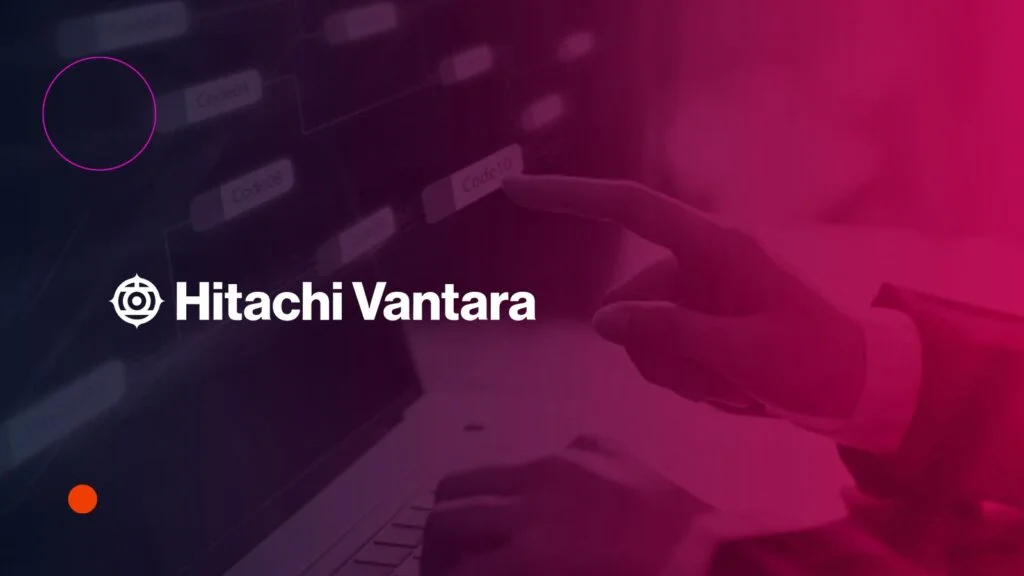
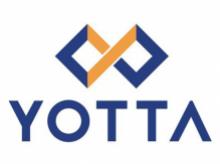

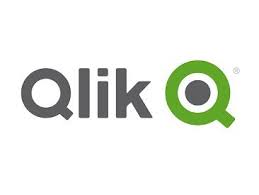
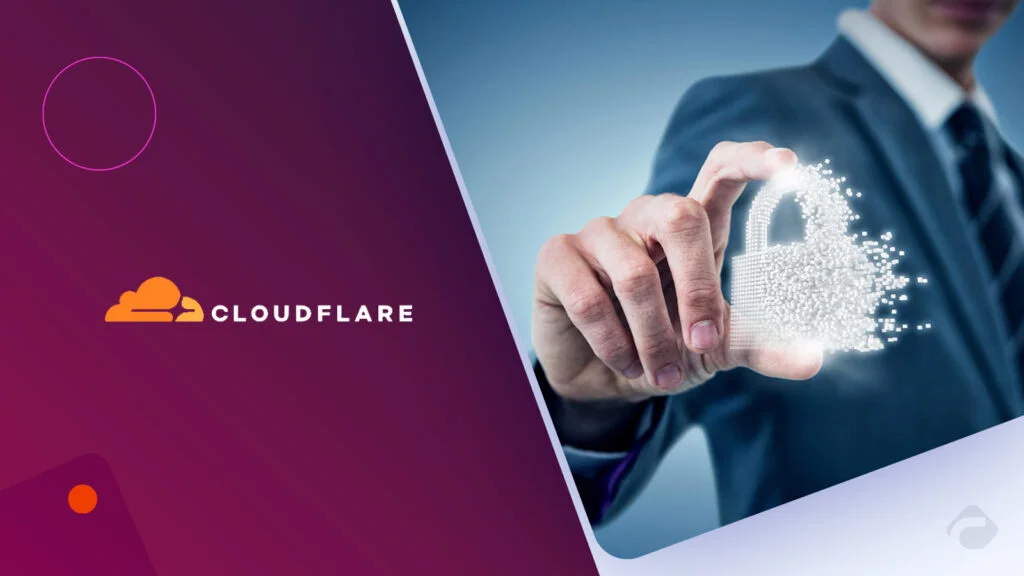








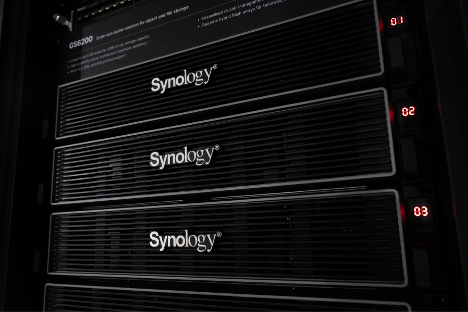


















Leave A Comment